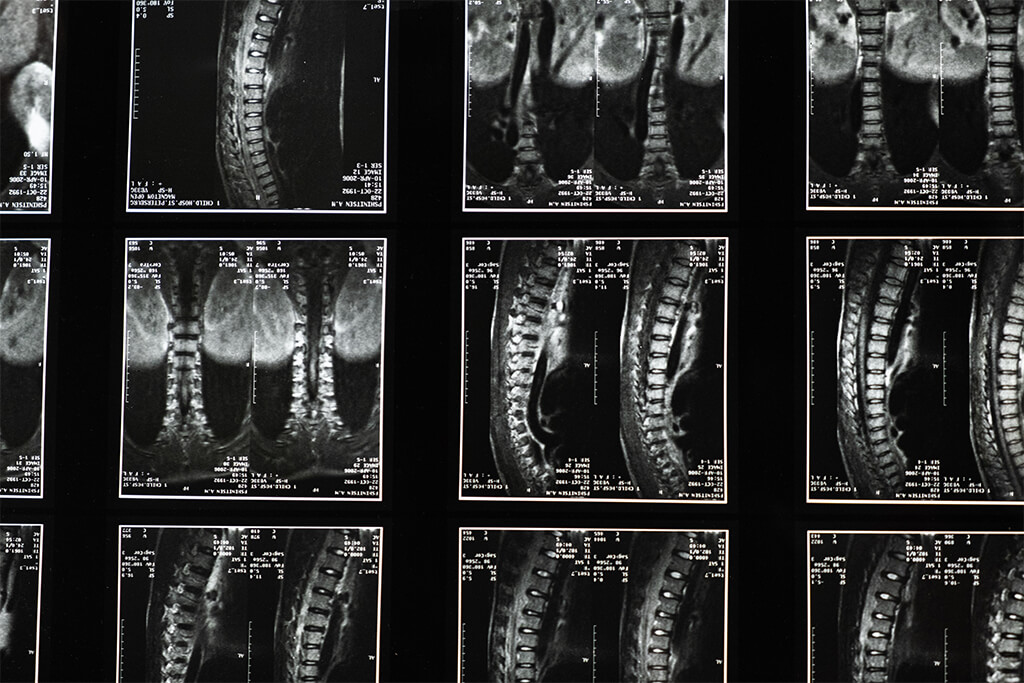To understand, in simple terms, the disease we know as herniated disc, let’s visualize three components of the spine: the vertebrae, the cushioning pads that exist between the vertebrae and the nerves.
When a pad, known in medical terms as an intervertebral disc, ruptures, the jelly-like substance it contains leaks out and irritates nearby nerves. This is the phenomenon we know as a herniated disc.
The causes of herniated disc can be diverse:
- The overexertion to which people who carry out heavy, repeated and continuous activities are subjected.
- Increased body weight, due to obesity or pregnancy, as a trigger for deviations of the spine and greater pressure on the intervertebral discs.
- The repeated or sudden flexion or extension of the spine, characteristic of some sports activities.
- An age group that is between 30 and 50 years old, probably related to a higher incidence of sudden movements and the transfer of heavy objects.
- A forced position of the body for prolonged periods, such as those required by office jobs, in addition to certain activities that produce repeated vibrations of the body.
Symptoms and diagnosis
It is very common for a herniated disc to cause no symptoms and go unnoticed, but there are times when it causes pain in the arms and legs, numbness and tingling, and weakness when walking or lifting or holding objects.
When there are symptoms, the person should consult their doctor. In this case, neurosurgeons make a diagnosis that starts from a physical exam, to detect sensitivity and evaluate reflexes, muscle strength, the patient’s ability to walk and feel touches, punctures or vibrations.
When we find signs of the presence of a herniated disc, we can resort to X-rays, CT scans, MRI or myelograms.
Treatment for herniated discs
It is very common for the solution to a herniated disc to be found in a conservative treatment, consisting of the practice of exercises and the application of over-the-counter pain relievers, cortisone injections or muscle relaxants.
Surgery, as an option for the treatment of a herniated disc, is rather exceptional. Neurosurgeons suggest surgical intervention when conservative treatments do not eliminate or minimize symptoms, after six weeks.
The scope of the intervention will depend on the results of the diagnosis and it may be that only the protruding part of the damaged intervertebral disc needs to be removed.
In more complex situations, complete removal of the disc may be required, in which case it is also necessary to fuse the vertebrae with a bone graft or implant an artificial disc.
In any case, a vertebral or spinal surgery must be treated, necessarily, by neurosurgeons with proven preparation and experience, backed by professional and advanced technological equipment.
In the presence of symptoms that suggest the appearance of a herniated disc, do not hesitate to contact me. We can make an appointment and discuss your case.



